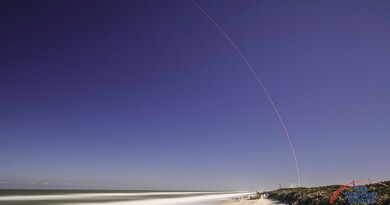Antares Returns to Flight with OA-5 Success
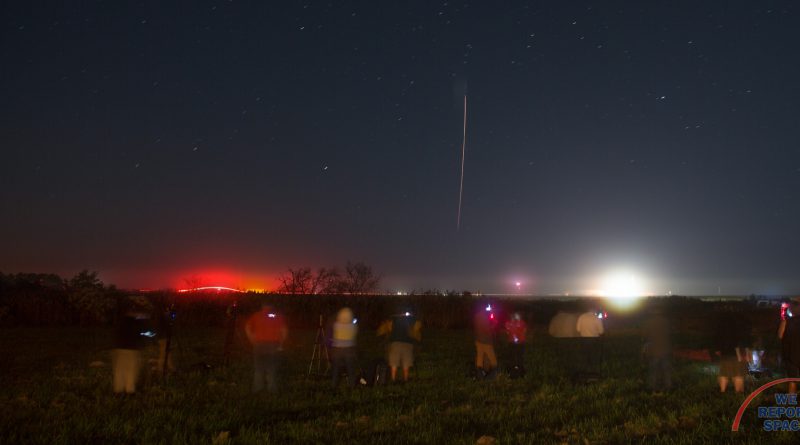
With tonight's launch of the OA-5 mission, Orbital ATK's Antares launch vehicle has resumed operations following a two-year stand down. The OA-5 launch brings 2,400kg of crew provisions, scientific experiments, EVA supplies, and vehicle hardware to the astronauts living and working aboard the International Space Station.
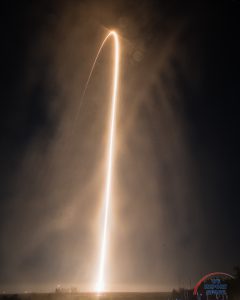
The Cygnus capsule launched tonight was the third flight of the Enhanced Pressurized Cargo Module (Enhanced PCM) variant, capable of carrying up to 3,500 kg of cargo to Low Earth Orbit. The two prior missions using the Enhanced PCM were launched on ULA's Atlas V vehicle in December 2015 and March 2016. The OA-5 mission marks the first time Antares has launched the Enhanced PCM.
Cygnus will remain in a "loitering" orbit near the ISS, waiting for the next Russian Soyuz launch to bring the crew complement back up to six astronauts later this week, and is planned to berth with the ISS on Sunday, October 23rd.
From the Ashes
The last time an Antares rocket lifted off from MARS launchpad 0A was October 28, 2014, but its journey was short-lived, and ended in a spectacular, terrible explosion just moments after launch, destroying the rocket, Cygnus payload and causing extensive damage to the launchpad and surrounding facilities. Virginia Commercial Spaceflight Authority (Virginia Space), jointly with NASA and Orbital ATK undertook an 11-month, $15MM reconstruction and upgrade effort following the mishap, unveiling the rebuilt facility to the press in December 2015.
Orbital ATK's investigation of the explosion culminated in their discontinuing use of the Soviet-made, Aerojet Rocketdyne-refurbished NK-33 / AJ-26 engine, picking instead an engine made by NPO Energomash, a major Russian engine manufacturer.
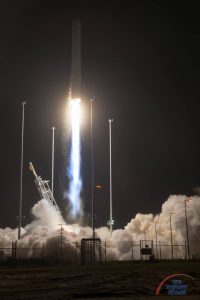
Antares, Upgraded
Referred to as Antares 230, this version of Orbital ATK's mid-class rocket marked the debut of NPO Energomash's RD-181 main engine, two of which can be found on each Antares rocket. An Antares-specific variant of the RD-191, the RD-181 can trace its heritage back to NPO Energomash's four-chamber, four-nozzle liquid fueled engine, RD-170. A number of derivatives of the RD-170 exist, including the two-chamber, two-nozzle RD-180 used by ULA's Atlas V launch vehicle, and two other single-chamber, single-nozzle engines, RD-151 (used by South Korea's Naro-1 rocket) and RD-193 (intended for Soyuz-2.1v).
Antares's second stage makes use of a Castor 30XL solid rocket motor, first installed on the Antares ORB-3 launch vehicle. Due to the explosion which destroyed the ORB-3 rocket just above the launch pad, tonight's launch was the first successful use of the Castor 30XL to deliver Cygnus to orbit.
Frank Culbertson, Space Systems Group president for Orbital ATK, remarked tonight that better than expected performance on both the first and second stages of the rocket led to a higher altitude orbit than originally planned, giving Orbital ATK an even more favorable position in orbit awaiting their rendezvous with the International Space Station.
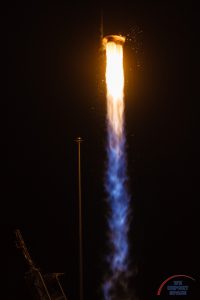
OA-5, A Personal Perspective
My involvement with Bill Jelen and Michael Seeley (the other two co-founders of We Report Space) came about because all of us were accepted into the NASA Social for SpaceX CRS-3. However, I had applied to an earlier NASA Social event in January 2014 and was turned down. That event was the Antares ORB-1 launch; the first operational Cygnus launch to the ISS. I would later join the ranks of the press corps and obtain credentials for Antares ORB-3, but I was called out of town for work and couldn't attend the launch, which led to me missing one of the biggest spaceflight stories of 2014. For me, getting to see the OA-5 launch, Antares's triumphant return to flight, has put some of those demons to rest.

Stunning, full color photo book covering every east coast launch spanning 2014-2015, including the first-ever powered landing of a SpaceX Falcon 9 rocket.
More Info


